Gilsonite is commonly used in bitumen mixture (Dilbit – Diluted Bitumen). China, India, and Iran are among the countries that use this method. Dilbit stands for diluted bitumen. Bitumen is the heaviest crude oil that is utilized today; it is produced in natural deposits of oil sands and is a type of crude oil. Sand, oily bitumen, water, and can be found together in the oil sands, which are also known as tar sands.
The region in Alberta, Canada known as the tar sands holds the third largest reservoir of petroleum in the world. In order to lessen the viscosity of the bitumen, a variety of chemicals are mixed in with it. This group of chemicals, which are referred to as diluents as a whole, are regarded to be a trade secret due to their precise makeup.
The diluents used are different for each type of Dilbit that is being manufactured because of this. The mixture frequently contains benzene, which is recognized as carcinogenic to humans. Bitumen that has been diluted has a maximum density of 0.94, making it lighter than both freshwater (density 1.00) and saltwater (density 1.00).
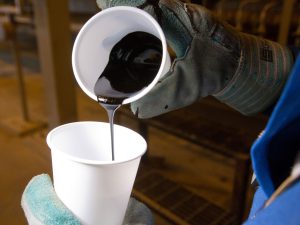
This indicates that any Dilbit that is spilled into fresh, brackish, or salty water will float on the surface of the water unless some other process, like wave action, mixes it into the water column. This is the case with any oil that is poured into water.
In order for any component of the spilled product to get immersed or sink in freshwater without the need to invoke other parameters that can affect the density of the product that was spilled, substantial weathering must first take place. Dilbit is not anticipated to sink weathering process alone for a short to medium timeframe, according to findings from testing conducted on a bench-top and in wave tanks by a number of different research institutions.
According to the available evidence, a number of different aspects, including the interaction between density and viscosity, the possibility of emulsion formation, and the conditions of the environment, need to be taken into account all at once when thinking about what will happen to the spilled oil, including whether or not it will sink.
what is diluted bitumen
Because bitumen, a heavier type of petroleum, cannot flow freely in a pipeline when the temperature is at ground level, it is necessary to dilute it with diluent, which is a lighter type of petroleum product. The term “diluted bitumen,” abbreviated as “Dilbit,” is used to refer to the homogenous mixture that was produced. Since 1986, Trans Mountain has been successfully delivering diluted bitumen throughout the country.
Typically, the diluent is either a light crude, such as “synthetic crude,” or “condensate,” which is taken from the earth alongside natural gas. Both of these types of oil are known as “light crude.” Dilbit is the name given to the substance that is produced when diatomaceous earth is combined with bitumen. It is composed of both light and heavy hydrocarbon molecules.
The density that is produced is an average of the densities of the components that were mixed together. In order for bitumen to be pumped through a piping system and transported, the consistency of the bitumen needs to be reduced. Heating the product is one method that can be used to accomplish this goal.
The temperature of the bitumen can be raised to more than 300 degrees Fahrenheit with the use of hot oil or steam, which allows the bitumen to flow more easily. After that, heated rail cars or containers of a specific kind are required to transport the bitumen so that it can be refined. If the hot bitumen comes into touch with any water-based emulsions, such as asphalt, this could result in a steam flash, which is a potential safety risk. High operating temperatures represent a risk when they are used.
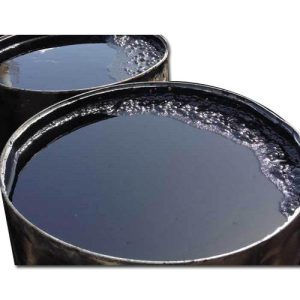
There have been reports of people getting hurt when water suddenly turned into steam, causing hot bitumen to rush through manways or other holes. At higher temperatures, any contaminants that are present in the medium become more aggressive, which might make corrosion a concern.
It is possible for bitumen to have high quantities of sulfur, which, when refined, can be harmful to the catalysts that are used in the process. Due to the possibility of the presence of additional impurities, the alloys used in the construction of hoses and expansion joints need to be capable of withstanding corrosive conditions and hostile environments. It is possible that the use of stainless steel with the designation T316 will not provide sufficient resistance in these circumstances.
Mixing bitumen with other hydrocarbons in order to lessen the viscosity of the bitumen and make it more transportable is another method. In this step, the bitumen is combined with light crude oil or natural gas condensates, both of which are co-products of oil and gas exploration, to create a blend known as diluted bitumen or “Dilbit.” Synbit is quite similar to Dilbit, with the key difference being that the bitumen is synthetically produced rather being refined to eliminate sulfur and other impurities.
The Dilbit may be modified in its existing state in the refinery, or the distillates may be extracted and recycled for use in the production of subsequent batches of Dilbit, depending on the procedures that are utilized. Again, the amount of sulfur that is present will determine whether or not high-nickel alloys are necessary.
what is diluted bitumen used for
The term “Dilbit” refers to bitumen that has been diluted with one or lighter petroleum products; the majority of the time, natural-gas condensates such as naphtha and is used for easier transportation of bitumen. When bitumen is diluted, it becomes considerably simpler to transport, for instance, through pipes.
Blends are made from heavy crudes and/or bitumen and a diluent, typically natural-gas condensate, for the aim of meeting pipeline viscosity and density standards, where the density of the diluent included in the blend is less than 800 kg/m3 according to the Alberta Oil Sands Bitumen Valuation Methodology.
“Dilbit Blends” means Blends made from heavy crudes and/or bitumen and a diluent. The term “Synbit” is used to refer to the blend when the density of the diluent is greater than or equal to 800 kg/m3, which indicates that the diluent is typically synthetic crude. Bitumen and heavy oils are frequently extracted from inaccessible deposits like the Orinoco tar sands in Venezuela and the Athabasca oil sands in Alberta, Canada. Both of these locations are in North America.

Before 1980, the majority of generated bitumen was delivered by truck; however, trucking is limited by the seasons, is less efficient than pipeline transport, and has higher costs. However, in its natural, undiluted state, bitumen is extremely viscous and dense, making it impossible to transfer through the pipeline. It is necessary to combine bitumen with another liquid that has a significantly lower viscosity than bitumen and that will prevent the bitumen from separating from the mixture in order to produce a fluid that can be transported by pipeline.
By 1985, Alberta Energy Company was transporting diluent from Edmonton to the Cold Lake oil sands via one set of dual pipes, and Dilbit from Cold Lake to Edmonton via the other set of dual pipelines. In addition, Dilbit can now be carried via rail. Therefore bitumen is diluted to ease the whole transportation process.
natural gilsonite bitumen
The movement of oil from underground oil deposits to the earth’s surface results in the formation of bitumen in its natural state. This substance is also known as Gilsonite, asphaltum, and uintaite. The crude oil that is now stored in oil reserves is subject to hydrostatic pressures at all times; as a result of these forces, the crude oil is always looking for a route to escape.
As a result, it makes its way to the surface of the ground by moving through the rock in the form of cracks, fissures, and fractures. The name “bitumen” refers to a collection of combinatory materials made from heavy hydrocarbons that are combustible and can be solvable in aromatic and aliphatic solvents. Gilsonite is a naturally occurring hydrocarbon that is a brittle and glossy material that, in the case of high purity, can become extremely brittle. The powder that is made from the ore has a chocolate brown color.

This substance is similar to coal (a fossil fuel) and tar in both its physical and chemical properties (oil products). The primary distinction between it and coal is that it softens and melts before being consumed by fire, whereas the primary distinction between it and tar is that it softens and possesses polar molecular characteristics.
Gilsonite is a one-of-a-kind substance that shares chemical similarities with asphalt. However, there are numerous significant distinctions between the two, the most notable of which is the fact that bitumen has a greater melting point than asphalt that is formed from oil. Because of its one-of-a-kind physical and chemical qualities, Gilsonite is a useful product in a wide variety of different sectors.
Today, as a result of the one-of-a-kind qualities of this substance, more than 160 products can be derived from it. The most common applications for these products include those in the following industries: ink manufacturing, oil drilling (cementing the wells), foundry, optimizing special asphalts, and insulation.
bitumen vs bituminous
Bitumen and Bituminous are two words of the same origin. The word bitumen by definition is a noun for Pitch made from minerals; a dark, sticky substance that burns with a strong flame; also known as Jew’s pitch. In several locations, such as on the coasts of the Dead Sea and the Caspian Sea, it is present as a natural product in vast quantities. It has applications in types of cement, the construction of pavements, and other areas.
Or In a broader sense, any and all of the naturally occurring hydrocarbons, such as the brittle, rigid, and brittle forms of asphalt, the oily petroleum, the semisolid maltha, mineral tars, and even the lighter naphtha while bituminous is an adjective which means possessing the characteristics of bitumen; being composed of bitumen; having bitumen as an ingredient.
natural bitumen deposits
Natural bitumen is a kind of hydrocarbon which is naturally occurred and can be found in deposits around the world. Sands that are rich in bitumen, also known as oil sands, bituminous sands, tar sands, or crude bitumen, are a form of unconventional petroleum deposit. The term “oil sands” refers to either loose sands or partially cemented sandstone that contains a natural source of a mixture of sand, clay, and water. This mixture is then saturated with bitumen, which is a dense and extremely sticky form of petroleum.

Oil sands can be found in either location. Major bitumen deposits are located in Canada, Kazakhstan, Russia, and Venezuela. These estimations take into account oil deposits that have not yet been identified and come to a total of more than 2 trillion barrels (320 billion cubic meters). The entire natural bitumen reserves are estimated to be 249.67 GBBL (39.694109 m3) globally, of which 176.8 GBBL (28.11109 m3), or 70 percent, are in the province of Alberta in Canada.
The proven reserves of bitumen contain roughly 100 billion barrels. Because it is so viscose, crude bitumen is a thick and sticky kind of crude oil. Because of its viscosity, it will not flow unless it is heated first or diluted with lighter hydrocarbons, such as light crude oil or natural-gas distillate. It has the consistency of cold molasses when at room temperature.
The Orinoco Belt in Venezuela is sometimes referred to as oil sands, however, these deposits are not bituminous and, as a result of their lower viscosity, belong to the category of heavy or extra-heavy oil. The degree to which natural bitumen and extra-heavy oil have been degraded from the basic conventional oils by microorganisms is what differentiates the two types of oil.
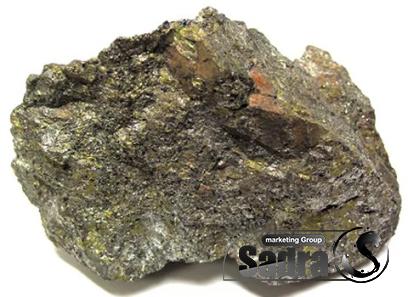
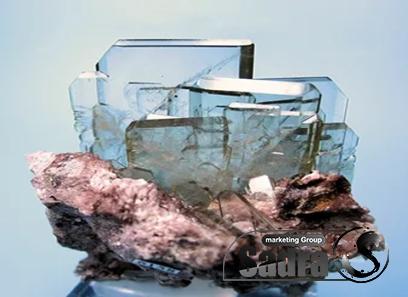
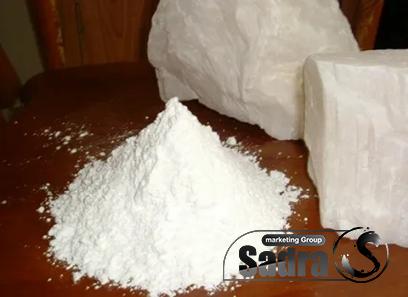
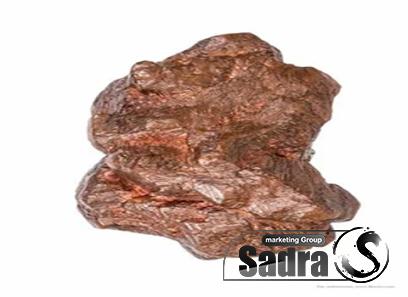
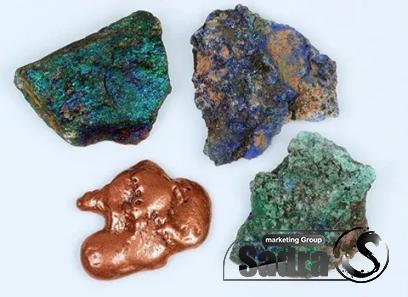
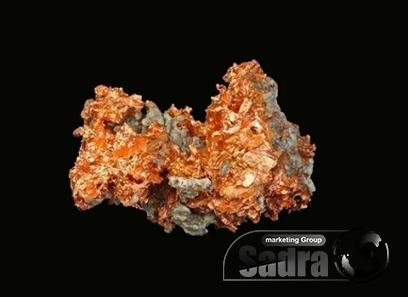
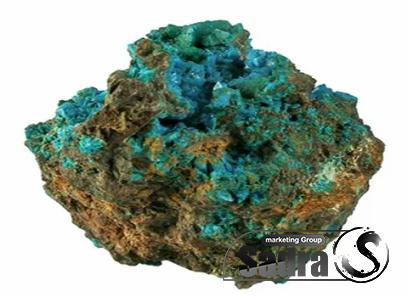
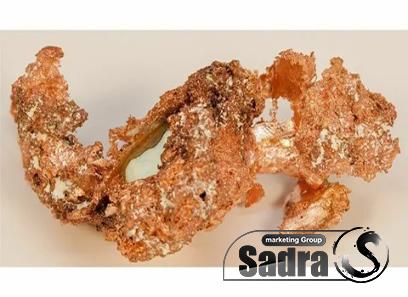
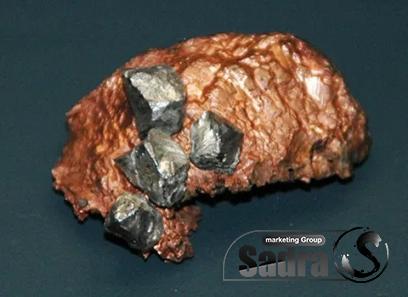
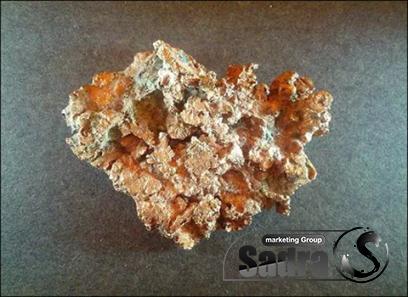
Your comment submitted.